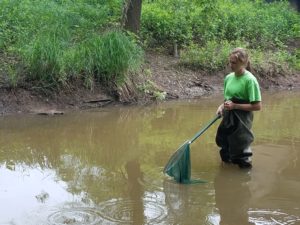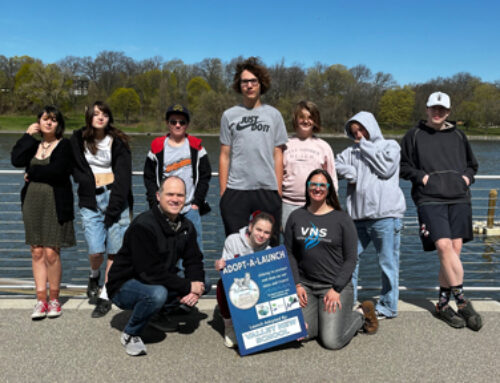 From the Wisconsin DNR:
From the Wisconsin DNR:
The DNR needs your help in the Upper Fox-Wolf Basins!
Imagine a life where fishing, swimming, kayaking, and recreational boating opportunities were hard to find. Living in Wisconsin, we are all very fortunate to have thousands of lakes and thousands of river miles that we can enjoy. The previously mentioned activities and their opportunities are often viewed as endless. In order to have these opportunities, only one thing is certain; clean water is the driving factor. Clean water plays an important role in all realms of life, and without it there may not be habitat for fish or wildlife. In addition, poor water quality and algae growth may prevent you from enjoying recreational water activities.
In many parts of the state, excessive phosphorus and sediments have been impacting our lakes, rivers, and streams through discharges and runoff (urban and rural), leading to some of our water resources to become impaired. Impaired waterbodies cause negative effects such as excessive algae growth, reduced submerged vegetation, oxygen depletion, water clarity problems, and loss of habitat. Several impaired lakes, rivers, and streams have been identified throughout the Upper Fox -Wolf River region (Figure 1). Due to this, a Total Maximum Daily Load (TMDL) has been developed to begin to counteract the effects of the phosphorus and sediment impairments. TMDL’s calculate the amount of a pollutant a water body can receive and still meet water quality standards set by the state. Limits based on the TMDL are then set for pollutant dischargers to follow for the duration of the plan. In many TMDL’s, water quality monitoring is an important step in tracking the success of the TMDL.

Volunteer monitoring of Ashwaubenon Creek. Photo: WNDR
With the development of the Upper Fox-Wolf River TMDL, anticipated to be completed in 2019, the Wisconsin DNR is in the process of starting a volunteer monitoring program in the Upper Fox-Wolf River Basins. The volunteer monitoring program uses volunteers of all ages and professions to help the WDNR cover more area with the monitoring efforts in the streams. The volunteers receive training and all necessary supplies, every spring, to conduct water sampling. Locations of high priority sites within the basin are selected for long-term monitoring. Specific site locations are currently being developed and chosen for the Upper Fox-Wolf River Basin. Each of the locations will be monitored for phosphorus, total suspended solids, transparency, and flow rate levels. Sampling will be carried out once a month, May through October, which is the primary “growing season” of many aquatic plants and algae. Once the samples are collected, the volunteers ship them to the Wisconsin State Lab of Hygiene in Madison where the water from the samples are analyzed for the previously mentioned parameters. The results from the tests are then sent to the DNR Volunteer Monitoring Program coordinator for data analysis.

Monitoring of the Neenah Slough. Photo: WDNR.
The two primary goals of the program are to engage the public in citizen science and collect reliable data. Over the duration of a similar volunteer monitoring program in the Lower Fox River, we have had many volunteers become engaged in the program. The program has given them some background knowledge on how to begin identifying problems in our lakes, rivers, and streams, as well as giving them the ability to educate others around them. By building a network within the community, the water quality issues within the Upper Fox-Wolf Rives Basin(s) may be resolved quicker and kept safe for future generations.
If you or anyone that you know would be interested in supporting or volunteering for the program, please contact Parker Wyngaard (Volunteer Monitoring Program Coordinator) at Parker.Wyngaard@wisconsin.gov or (920) 424-3061.





